Kawagoe: Strawberry Picking In An Edo Townscape Just One Hour From Tokyo
Kawagoe in Saitama Prefecture is only an hour away...
In Saitama Prefecture you can admire many beautiful flowers each season – you will find numerous species waiting for eager visitors to gaze upon them, such as moss phlox, blooming in Chichibu’s Hitsujiyama Park, or various types of cherry blooming in Nagatoro in spring. In autumn you can rest your eyes on red spider lily blooming in Hidaka’s Kinchakuda, and during winter you can expect the beautiful sight of winter sakura (cherry blooming in winter), which you can admire at Jomine Park in Kamikawa City.
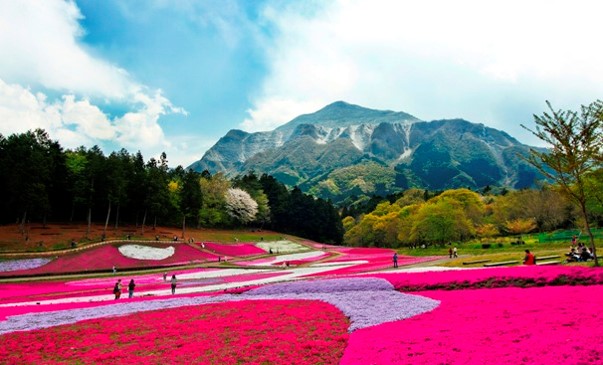
Hitsujiyama Park, moss phlox (Chichibu City)
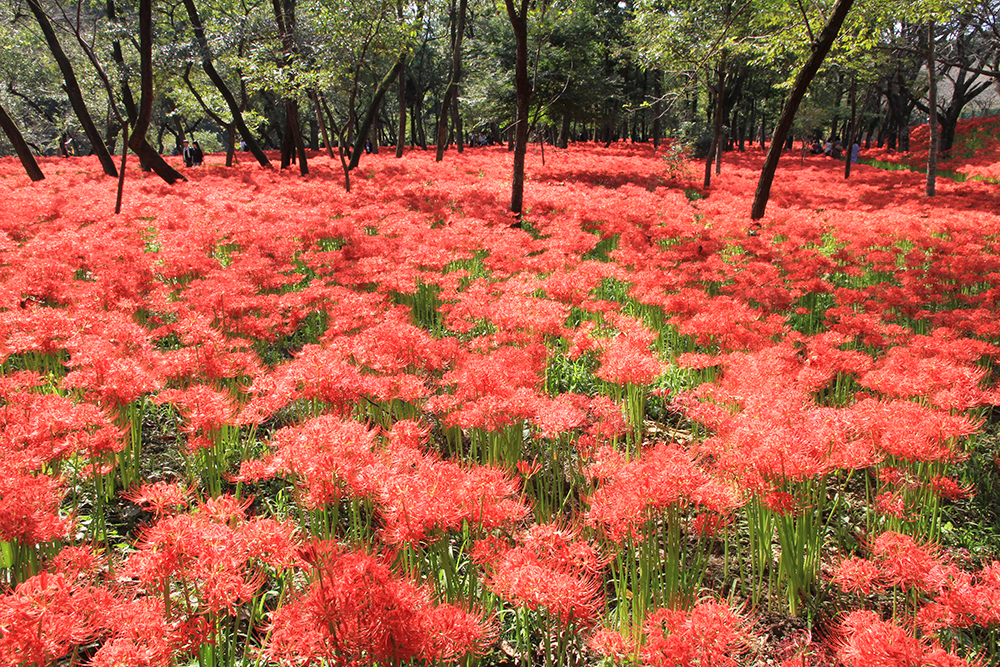
Kinchakuda, red spider lily (Hidaka City)
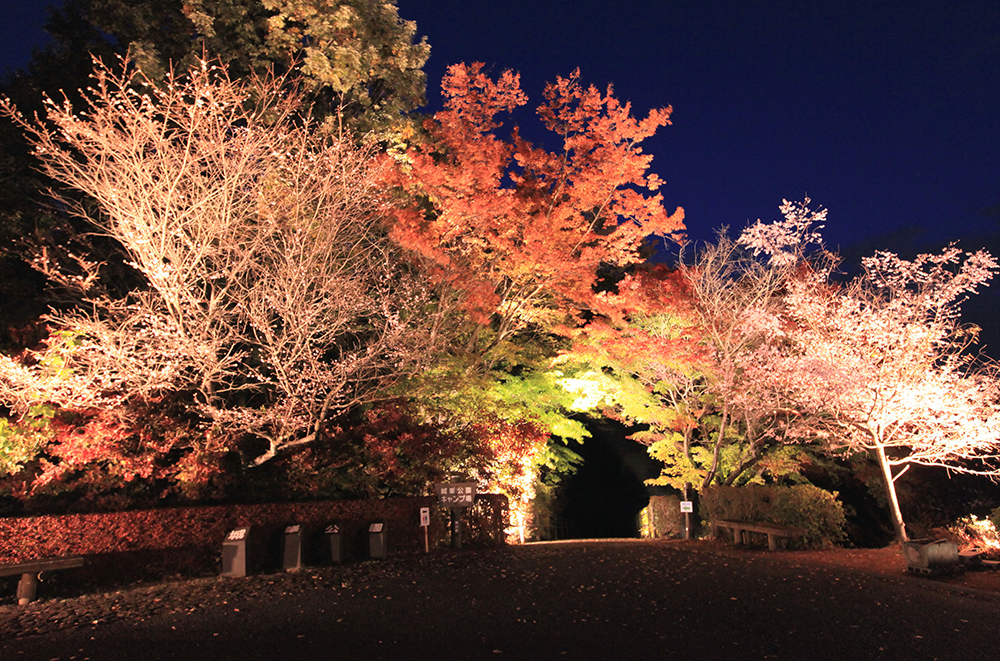
Jomine Park, winter cherry (Kamikawa City)
You can also discover a great number of shrines and temples all across the prefecture. Out of the great variety of grand cultural monuments and tourist locations of undeniable value, some places are quite well-known and respected all over the country – such as Omiya Hikawa Shrine, the headquarters of the famous Hikawa Shrine, with over 200 (branch) shrines located all over Japan; Kawagoe Hikawa Shrine, known as the shrine where the god of lovers (marriage fortune, matchmaking) resides; Kumagaya’s Shodenzan Temple (Menuma Shodenzan Kangiin), enlisted as one of Japan’s National Treasures; and Chichibu’s Mitsumine Shrine, with a 1900-year old tradition.
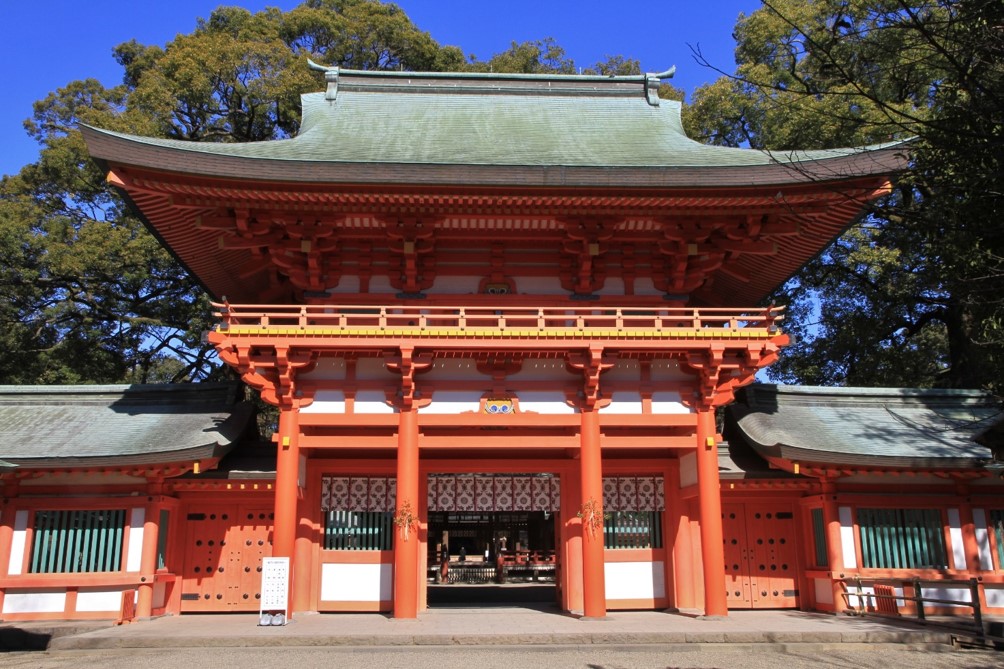
Omiya Hikawa Shrine
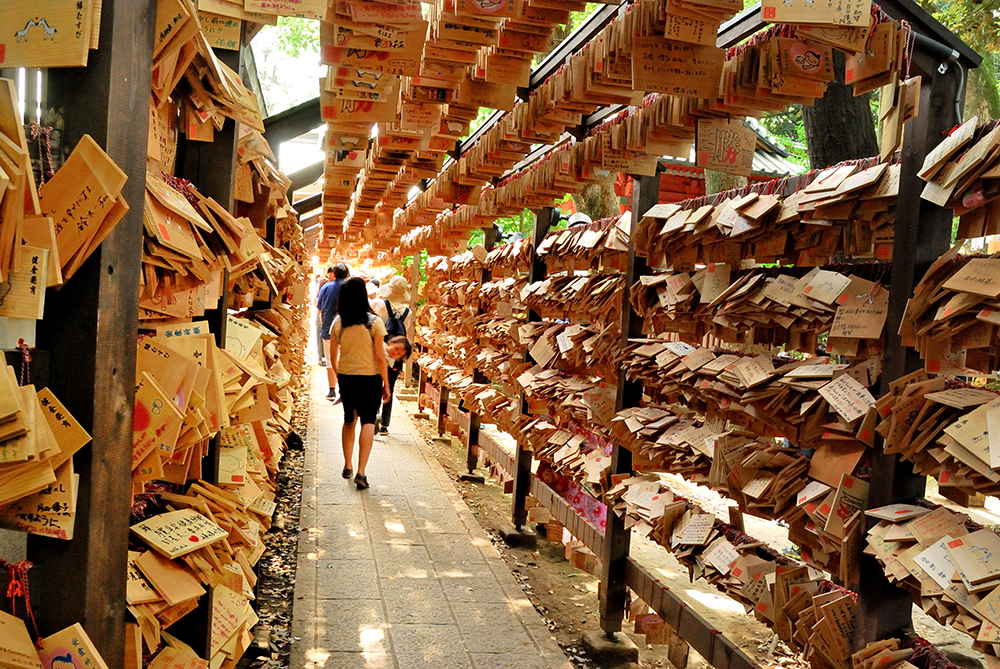
Kawagoe Hikawa Shrine
Sayama tea, one of three most famous and delicious brands of Japan, is distinguishable for its taste rather than its looks, as it is well-described in the saying, “the color is Shizuoka’s, the aroma is Uji’s, but the flavor is Sayama’s”. This remarkable plant grows in the beautiful nature of Sayama hills, whose harsh winter days help its growing and add to its astonishingly sweet and rich aroma.
At the restaurant Ochakko Salon Issen, a joint establishment of the Iruma Museum Partners, the visitors can savor the so-called “colorful pot” with many delicious meals cooked with Sayama tea, as well as very popular sencha and matcha sets with lovely traditional desserts made with Sayama tea.
They also host many interesting activities related to the tea culture, such as the tea-preparing activity, the tea-harvesting activity, the rental of tea-harvesting clothes and equipment, and various others, and the best part is that they will hear out all of your wishes regarding the customized goods related to the tea culture. When necessary (and when available), the staff will help you arrange your visit via the phone in English and Mandarin Chinese (Beijing dialect), too, and if you make a prior reservation, you can also request for a staff support in Korean, Spanish, and various other languages.
It would be a great pity not to lay your eyes at least once upon the vast tea fields of the Sayama hills, which served as an inspiration for the setting of the much loved anime movie “My neighbor Totoro” by Hayao Miyazaki.
Make some time to visit Sayama, to experience the ambiance preserved from the olden days, and savor the rich flavor of Sayama tea.
Address: Saitama, Iruma, Nihongi 100
Phone Number: 04-2934-7711
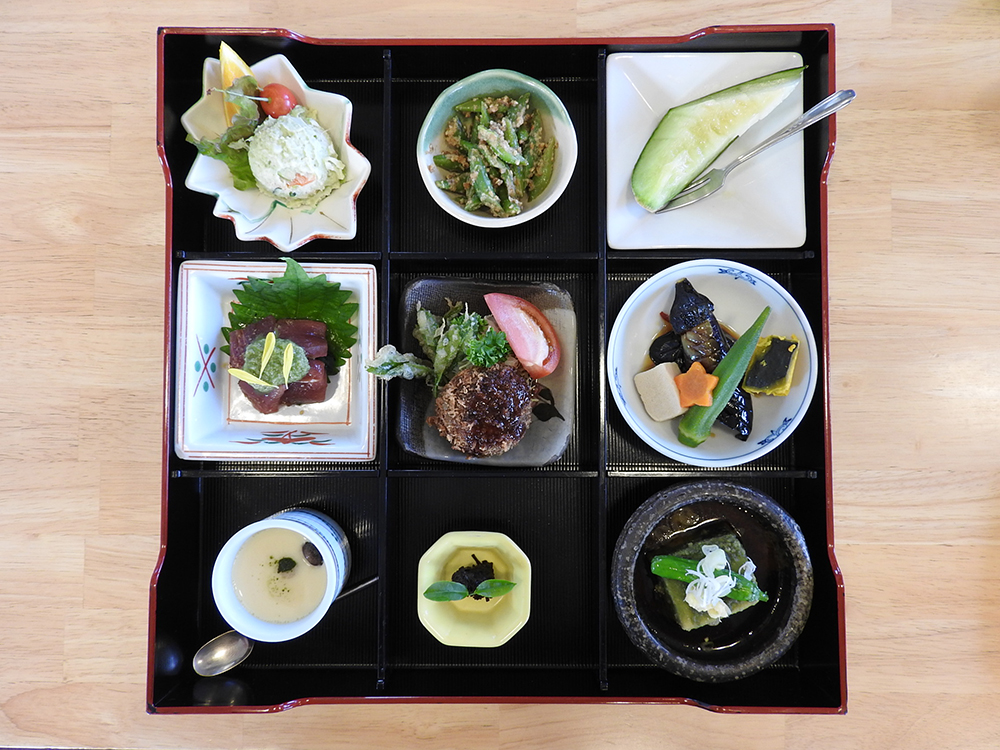
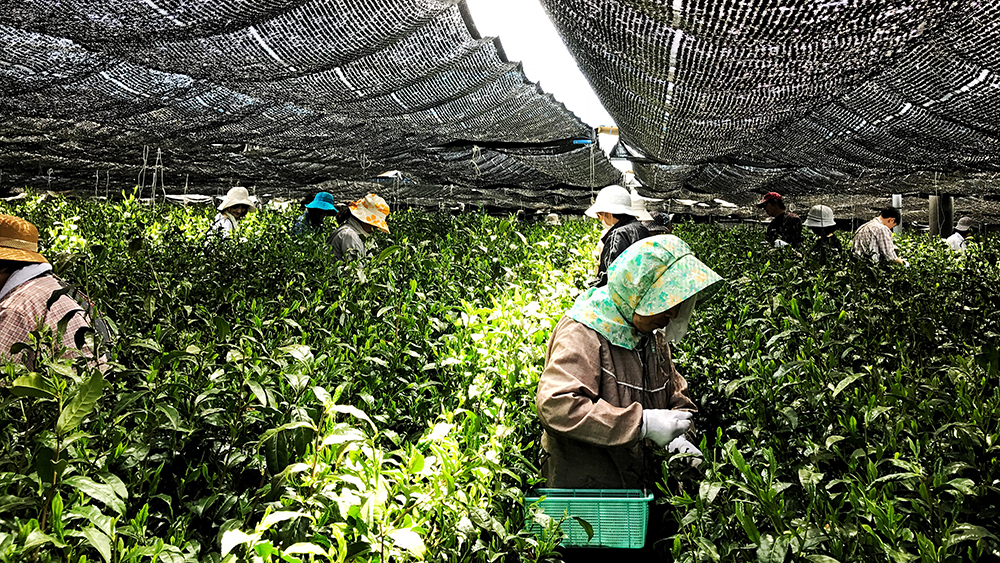
Welcome to the largest railway museum in Japan, where you can admire railway vehicles from the earliest period of railway in Japan, to the ones in use today. Other than just looking, it is actually possible to enter some of the vehicles displayed around you. Furthermore, if you ever wondered what it is like to operate a train, there is a chance to find that answer at this museum – there are simulators for a few types of trains for eager and curious visitors to hop in and enjoy. Among those, there is also a driving simulator for Japan’s very first steam locomotive.
After trying out the simulator, you can also ride the miniature version of a train, where you can actually try on the brakes or blow the train whistle, and seize the feeling of controlling a train like a true train driver.
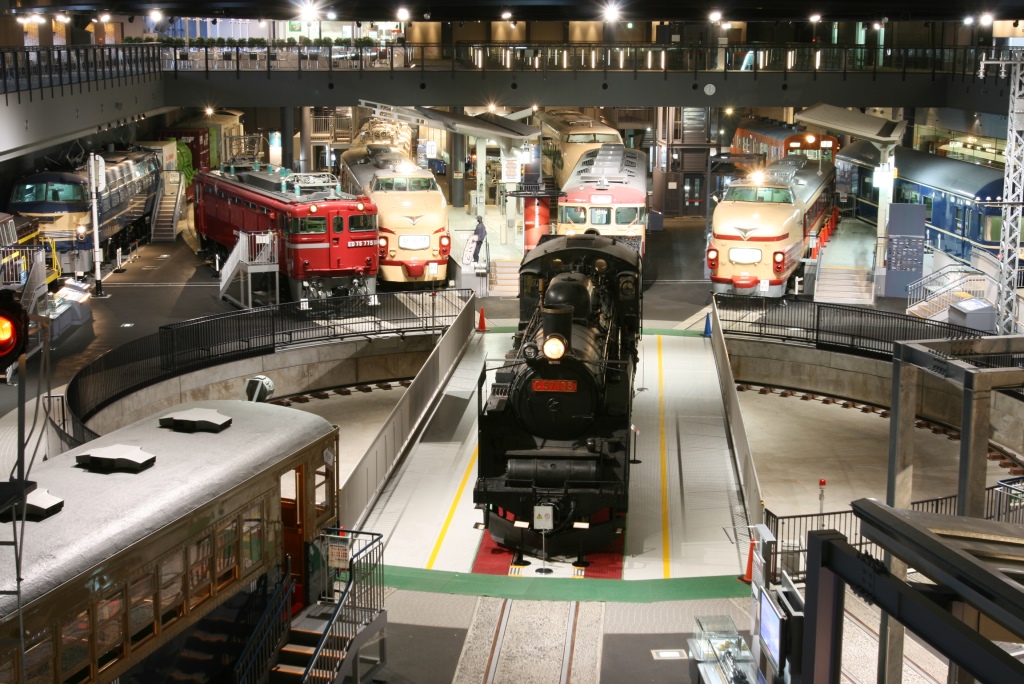

Address: Saitama, Saitama, Omiya, Onaricho 3-47
Official Website: http://www.railway-museum.jp/en/ (English)
http://www.railway-museum.jp/zh/ (Traditional Chinese)
http://www.railway-museum.jp/cn/ (Simplified Chinese)
Kawagoe City is also known by the name Little Edo, and with its streets built in kurazukuri style (the so-called “warehouse style”), characteristic of former Edo, it attracts countless visitors from both Japan and other countries. Should you take a stroll down the streets of Kawagoe, you are bound to stumble upon Kashiya Yokocho. Its best trait are more than 20 stores, some of which sell traditional Japanese sweets called dagashi, popular in Japan from the olden days.
There you can buy dagashi sweets made from Kawagoe’s very best and much popular potatoes. It is a place that welcomes and enchants both children and adults equally. Don’t forget to check out the Toki no Kane, the symbol of the city of Kawagoe, as well as numerous shrines in the vicinity of Kashiya Yokocho.

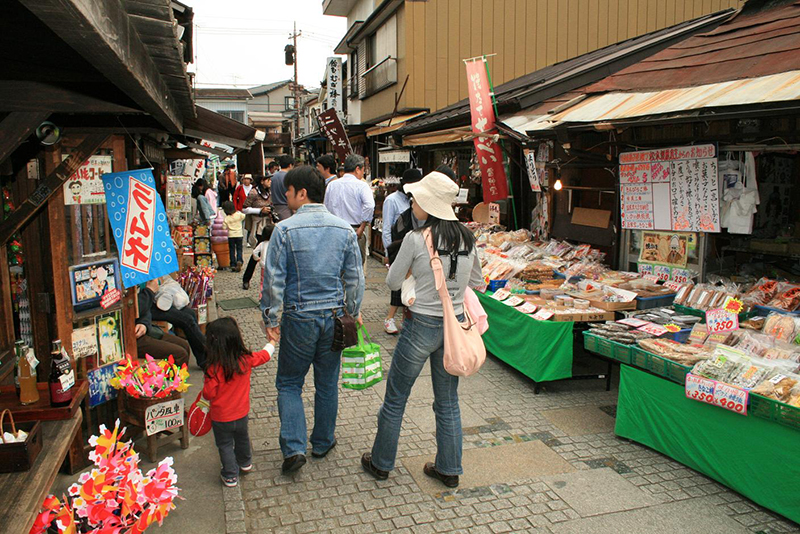
Address: Saitama, Kawagoe, Motomachi 2-7
Official Website: http://www.koedo.or.jp/foreign/english/ (English)
http://www.koedo.or.jp/foreign/chinese_tr/ (Traditional Chinese)
http://www.koedo.or.jp/foreign/chinese_si/ (Simplified Chinese)
http://www.koedo.or.jp/foreign/Thai/ (Thai)
Nagatoro got its name thanks to a long passage called “toro” (river pool), where river flows quietly and peacefully. It is famous throughout the country and considered to be one of the most scenic places Japan has to offer, and right there you can experience rafting in a small boat down the serene river.
The great part of this thrilling activity is that it is possible to experience it almost throughout the whole year, with kotatsu-boats (boats with kotatsu, heating tables, installed inside), instead of the regular ones, during winter. Still, our recommendation is to visit in autumn, because that way you get to enjoy both pleasant rafting time and beautiful autumn foliage. Other than that, in Nagatoro you can take a nice and interesting stroll on the so-called “stone tatami” (iwadatami), a rock formation of a peculiar shape that is considered one of the natural monuments of Japan.
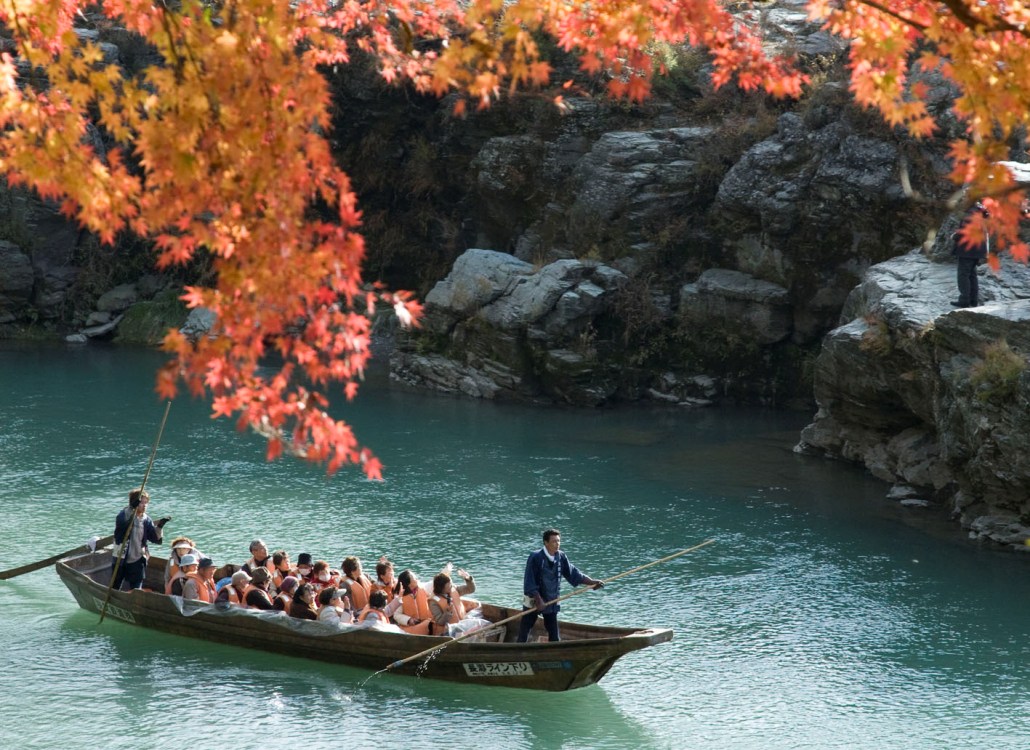
Address: Saitama, Chichibu, Nagatoro, Nagatoro 529-1
Official Website: https://www.nagatoro.gr.jp/en/todo/index.html#a06 (English)
https://www.nagatoro.gr.jp/tw/play.html (Traditional Chinese)
https://www.nagatoro.gr.jp/cn/play.html (Simplified Chinese)
Chichibu area has long been famous for its truly delicious miso, so it is no wonder that one of its well-known gourmet dishes consists of large amounts of that very miso. Or, to be precise, large amounts of pork previously dipped in miso. The name of the dish is buta-misodon (pork-misodon), and its signature charcoal-grilled pork, giving off a beautifully flavorful miso aroma, together with rice, make this dish a mouth-watering delicacy from heaven. As there are numerous restaurants that offer pork-misodon in Chichibu, it won’t be that much of a challenge to treat yourself to one, so all you have to do is pay them a visit and savor the masterpiece!
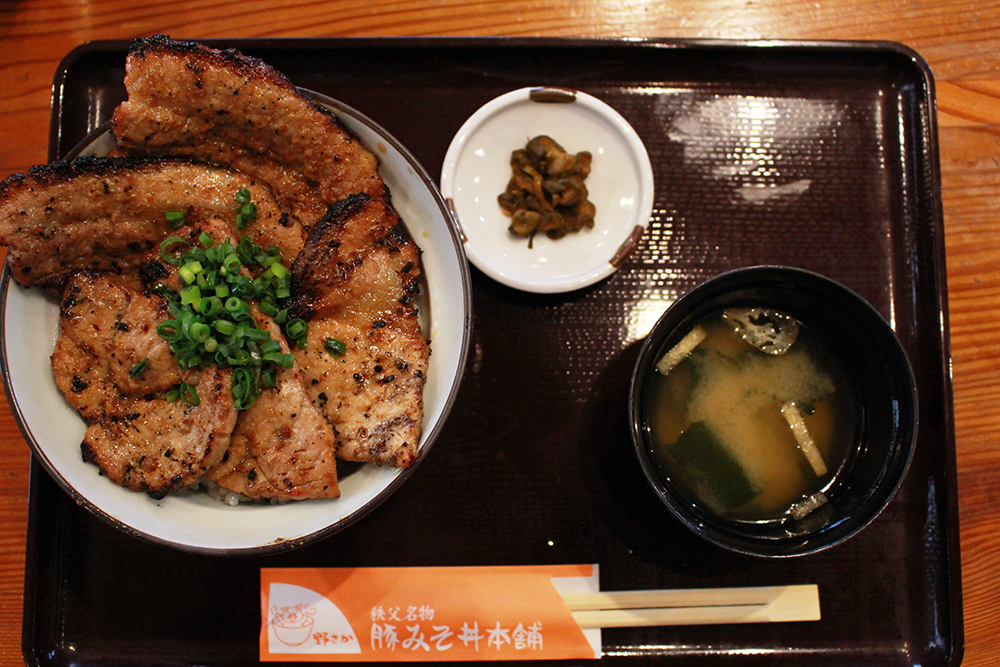

Saitama Prefecture proudly holds the title of Japan’s No.2 udon-producing area, but although there is such a variety of udon noodles, one dish stands out with its uniqueness and taste – Kawahaba udon. The dish was named after the Arakawa River, which connects Kounosu and Yoshimi cities, and its title of the widest river in the country (kawahaba: width of a river). The most distinguishing trait of Kawahaba udon certainly is the shape of the noodles, each 8 centimeters wide.
Take your time to savor this rare dish at some of the numerous restaurants in Kounosu City.
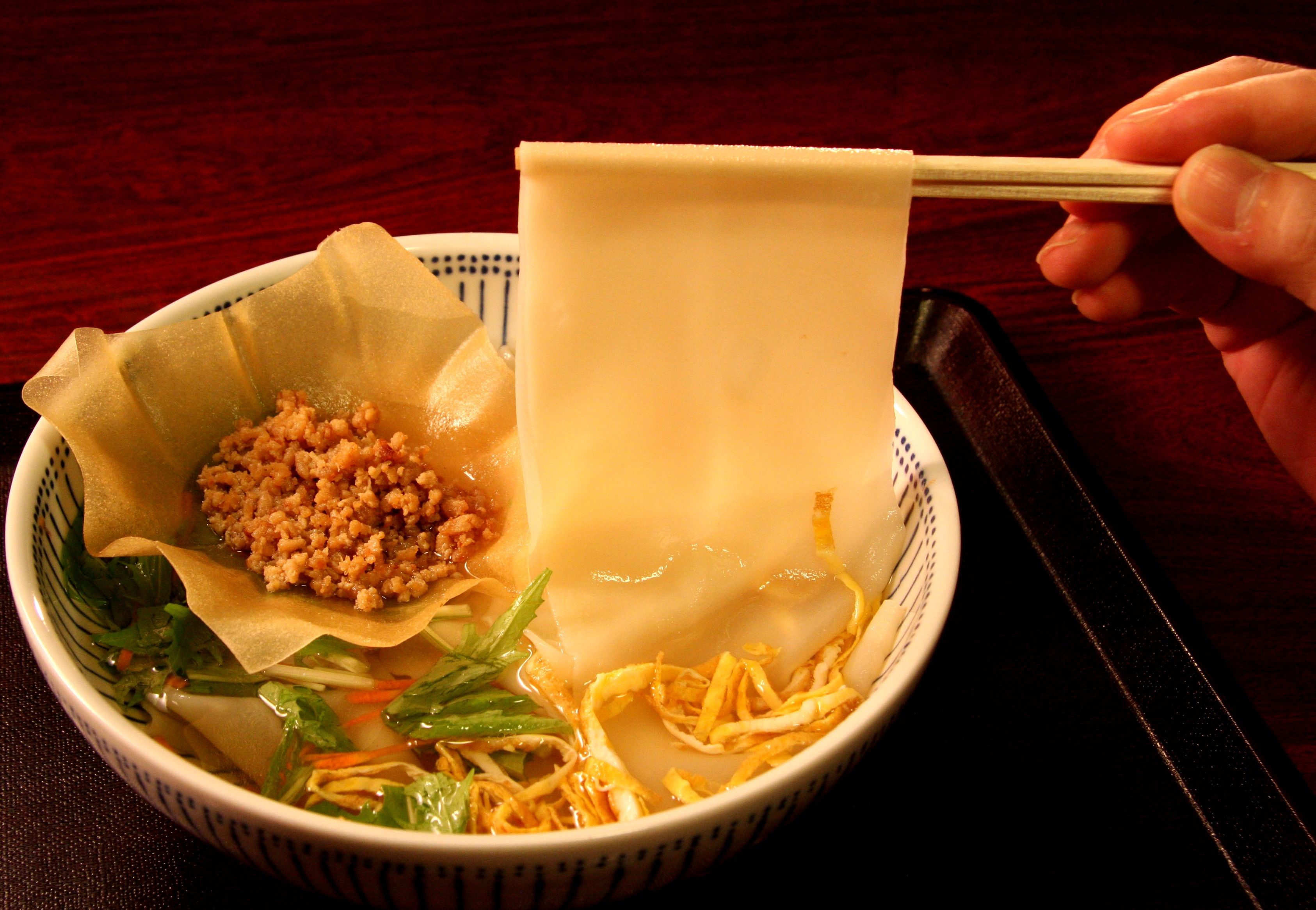

Another trait that sets Kawagoe apart from other cities in the area and beyond, is its devotedly long production of potatoes. It is only natural that here in Kawagoe, you can relish countless delicacies made of potatoes, both savory and sweet ones. Eating a simple dish such as baked potato, allows you to savor the true taste of the vegetable, without any additional flavors, but indulging in Kawagoe-only kaiseki dishes (luxurious dishes made for special occasions), showing off the rich potato flavors in various shapes, is also a special treat for one’s taste buds.
How about relishing some potato-flavored sweets such as pudding or a parfait, after a tasty meal in Kawagoe?
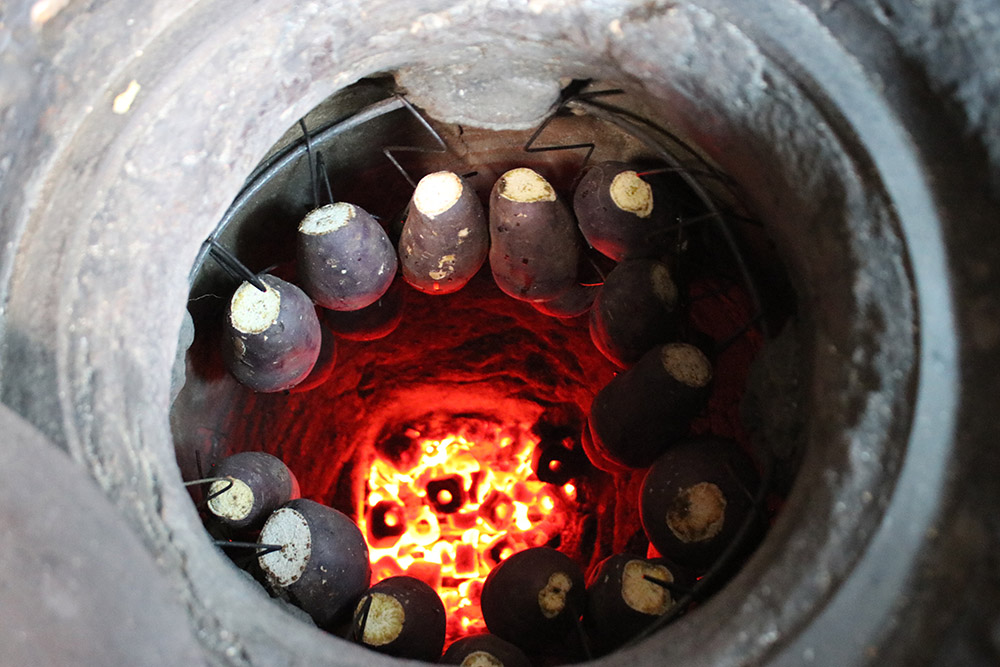
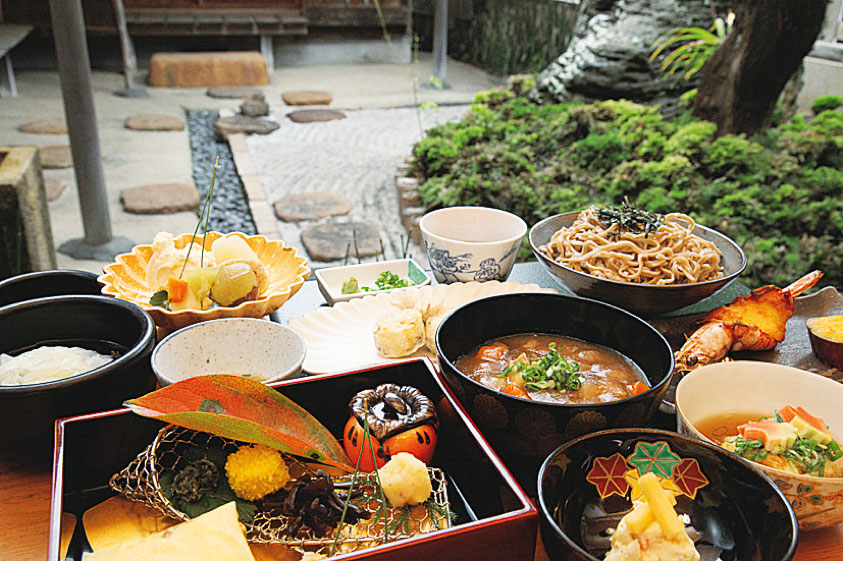
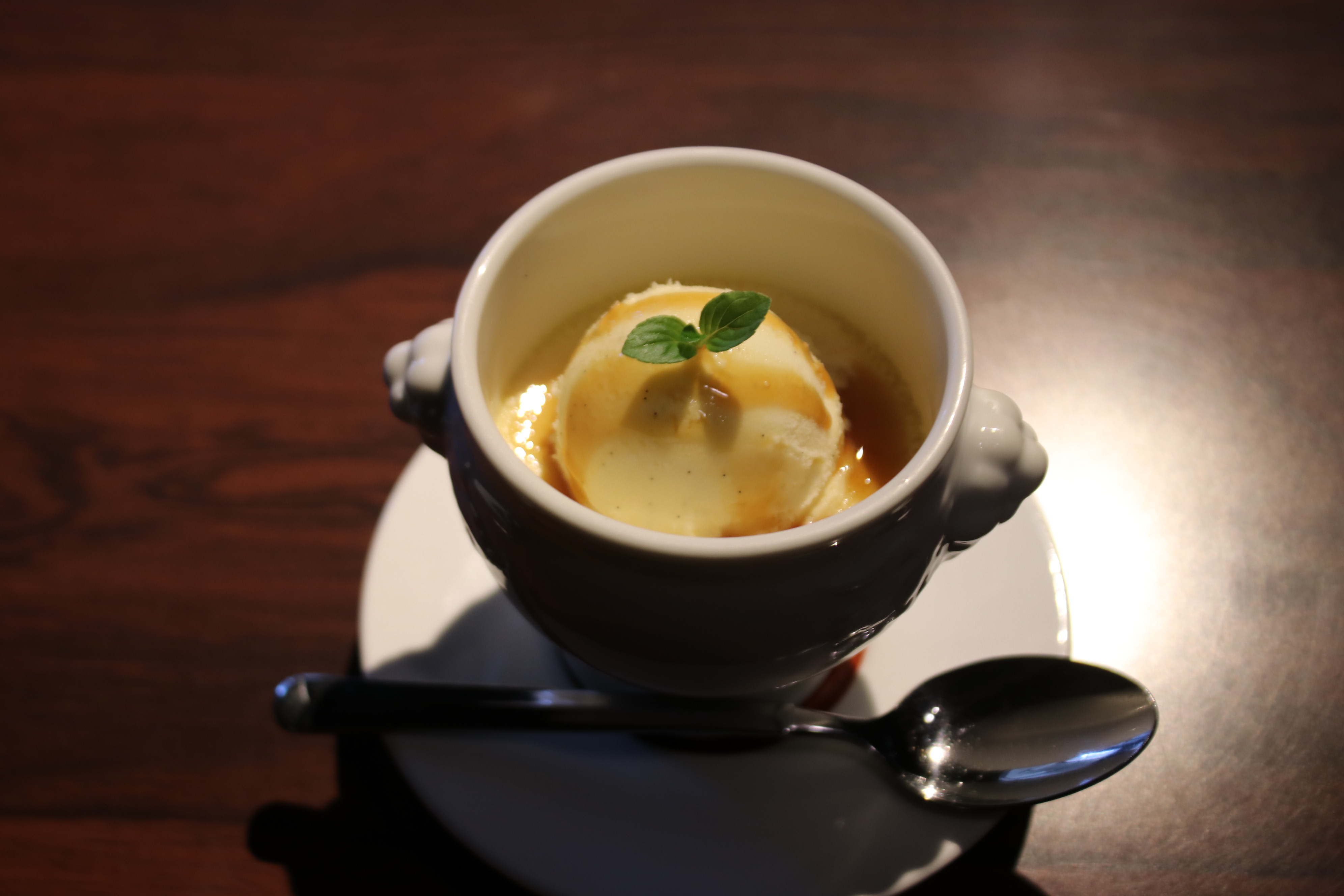
Other than aforementioned delicacies, Saitama offers many unique and irresistible dishes and treats, such as widely popular Souka senbei (rice crackers), and similar. There are plenty of (delicious and interesting) reasons to visit Saitama Prefecture, especially if you are from Tokyo or vicinity, so wait no more to have some great time exploring the nature and gourmet world of Saitama.